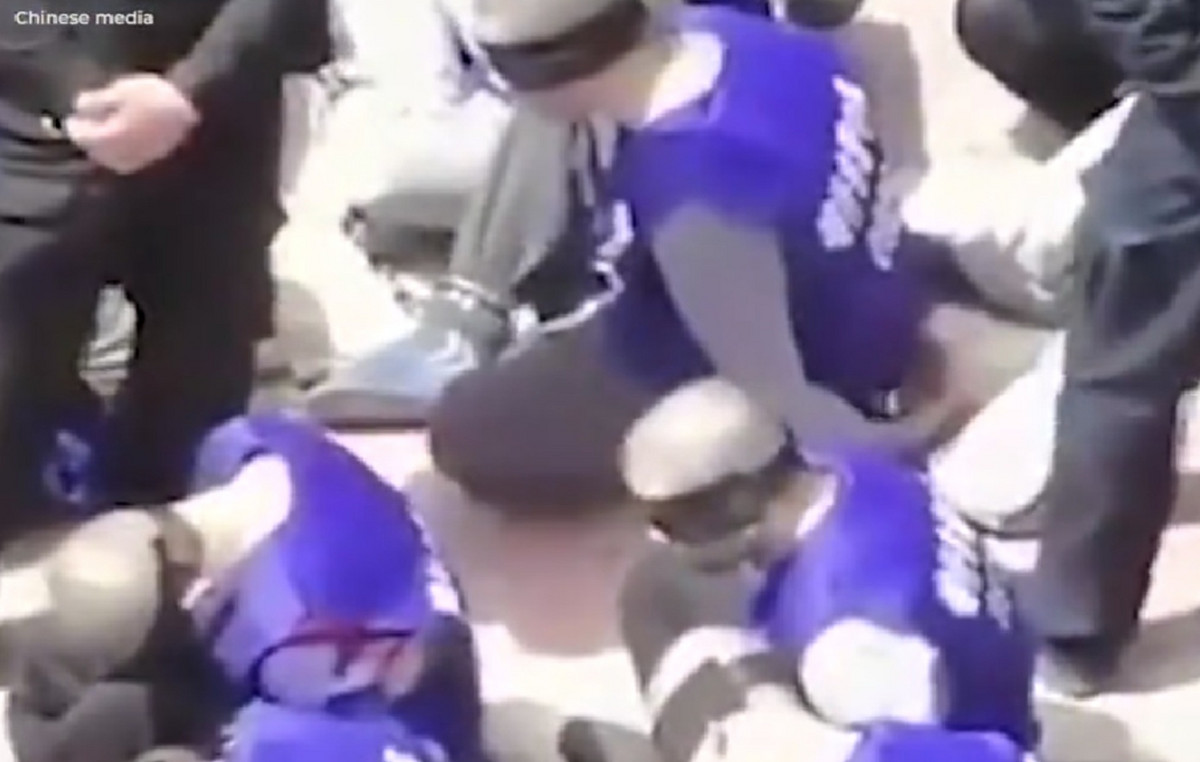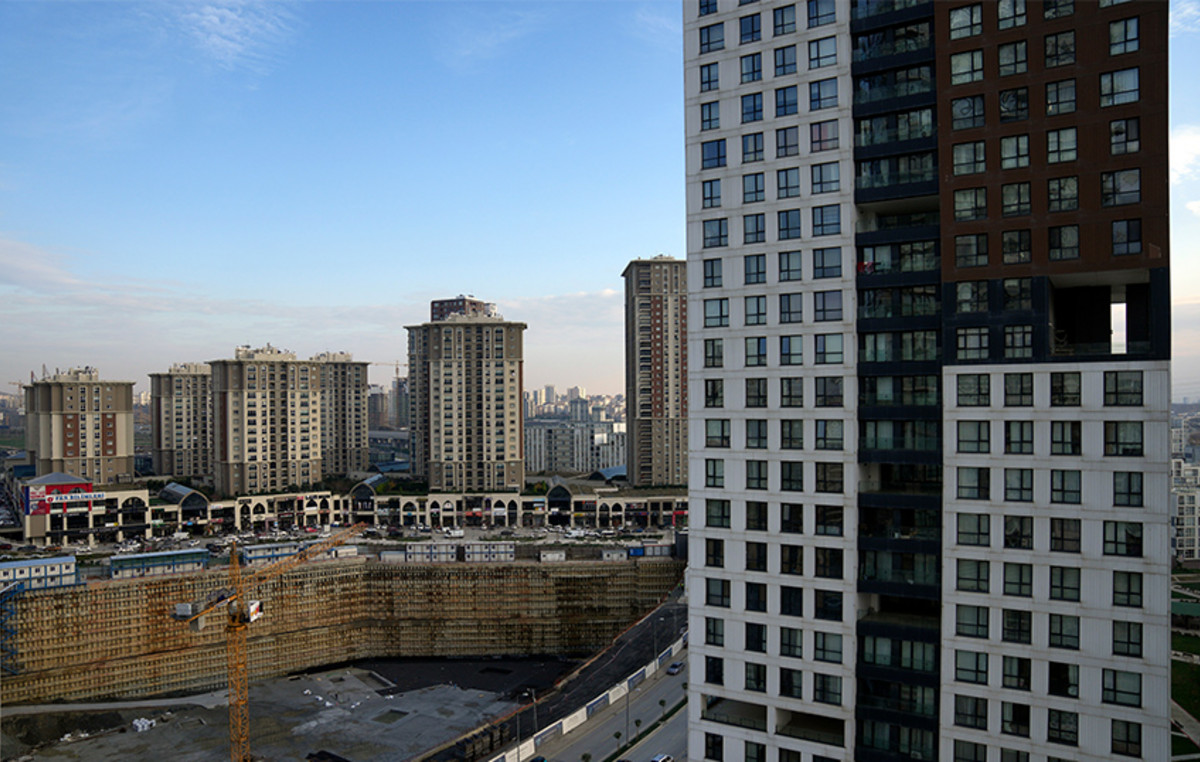Nearly 10 months after the full-scale invasion of Russia, the vital battle for Ukraine’s future is not on the front lines. Instead, it is protecting the civilian population from Russia’s drone and missile campaign against critical civilian infrastructure — designed to crush Ukrainian resistance by rendering the country uninhabitable.
Air and anti-missile defense are Kiev’s biggest needs at this stage of the conflict. And US plans to supply Ukraine with the advanced Patriot missile defense system are a key element in keeping Kiev in the fight.
Of course, Russia and its supporters around the world will present this as a massive and dangerous escalation. This is nonsense, but it is highly effective nonsense.
the climbing game
Since well before the February invasion, firm (but vague) threats from Russia were enough to serve as a massive brake on Western support for Ukraine.
Almost a year later, Western powers were careful not to give the Ukrainian armed forces weapons that could threaten Russia itself.
In doing so, the West has played along with the Kremlin’s pretense that it is not at war, just waging a “special military operation”. In effect, it shielded Russia from the consequences of its own aggression.
Indeed, the repetition of the narrative that any one of a wide range of events that Russia does not like will ensure a “guaranteed escalation to World War III” has been highly effective in shaping the behavior of the United States and the West.
The US, in particular, has moved forward through incremental increases in weapons capability supplied to Ukraine, wary at every stage of Russia’s supposed “red lines” – but finding in each case that the red lines evaporate and all of Russia’s threats are empty arrogance.
But Russia will keep doing it because it works. And US President Joe Biden and other Western leaders consistently assure Russia that it works, explicitly referring to the fear of escalation – precisely the fear that Russia wants to stoke.
Russia’s most effective deterrent tool remains nuclear threats. Russia’s loose talk of using nuclear weapons has subsided somewhat recently, but a decade or so of driving home the message of an inevitable nuclear response if Russia is cornered or humiliated has taken its toll.
Russia’s deterrence efforts continue to bring success in the form of arguments for a ceasefire as a preferable outcome to a Ukrainian victory – based on fear of the consequences of Russia suffering defeat.
The limits of the Patriot system
The Patriot system – advanced long-range air defense highly effective at intercepting missiles – offers an immensely expensive means of defending a very limited number of high-value targets. But it’s not a total solution to Ukraine’s air defense problem, nor a quick one, with the earliest possible date of service in Ukraine estimated at February 2023.
It does not address Ukraine’s immediate needs for dispersed defenses in large numbers to counter Russia’s wide range of air and missile threats. But the early US decision to supply the system could be a pre-emptive response to a possible emerging new threat – the arrival of Iranian ballistic missiles to further intensify Russia’s campaign of destruction.
Meanwhile, Russia will continue to source replacement weapons while scraping the barrel for missiles repurposed or adapted to launch at Ukraine. And Iran may not be the only country willing to supply Russia in the future.
But all these weapons are effective at absorbing Ukraine’s limited air defenses, in the same way that Russia put untrained soldiers on the front lines to absorb bullets and shells. In a race of attrition, the Patriot system is just the most capable (and most disproportionately expensive) countermeasure that Russia could potentially exhaust with a far inferior and cheaper technology campaign.
Source: CNN Brasil
Bruce Belcher is a seasoned author with over 5 years of experience in world news. He writes for online news websites and provides in-depth analysis on the world stock market. Bruce is known for his insightful perspectives and commitment to keeping the public informed.







